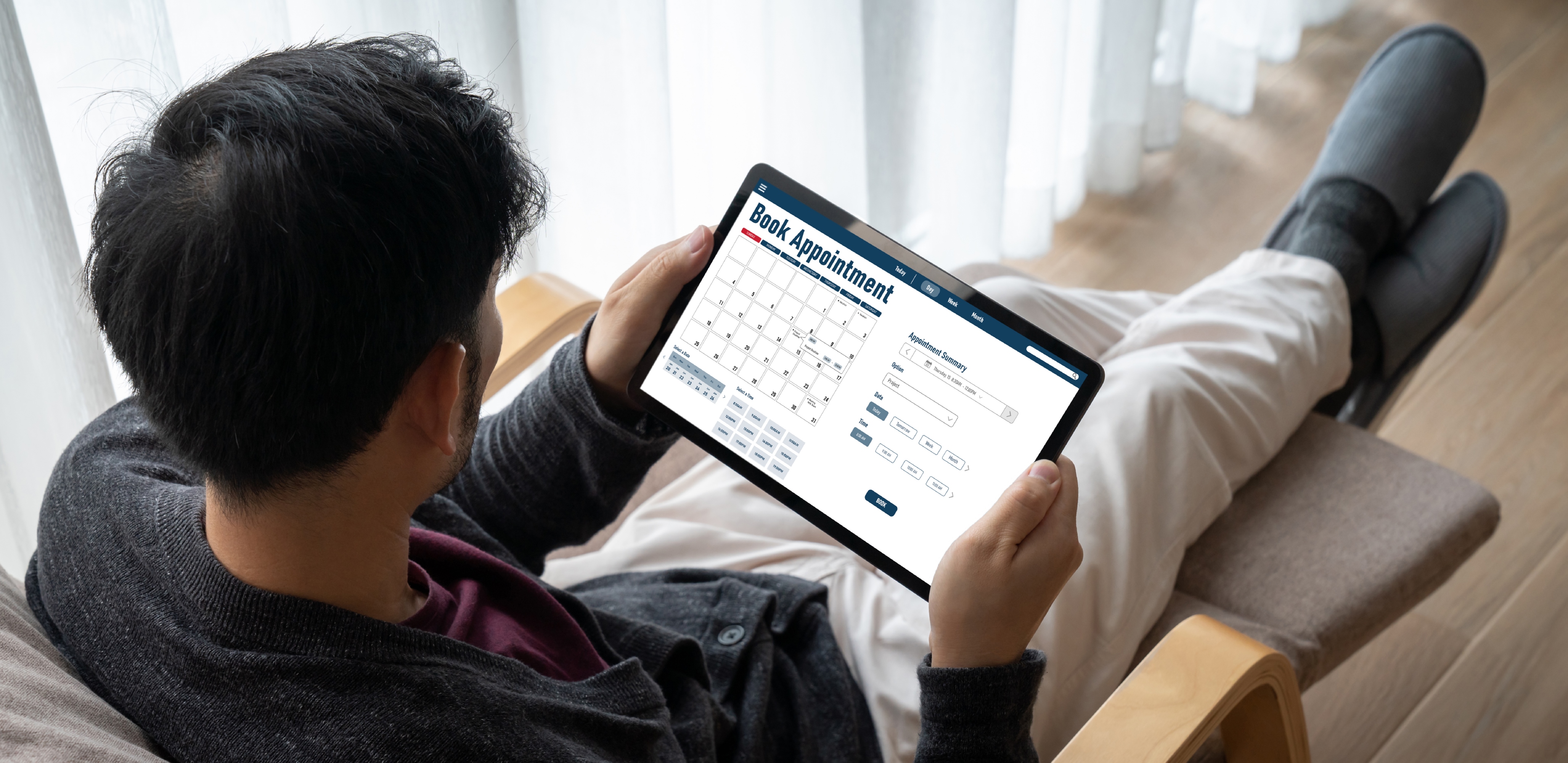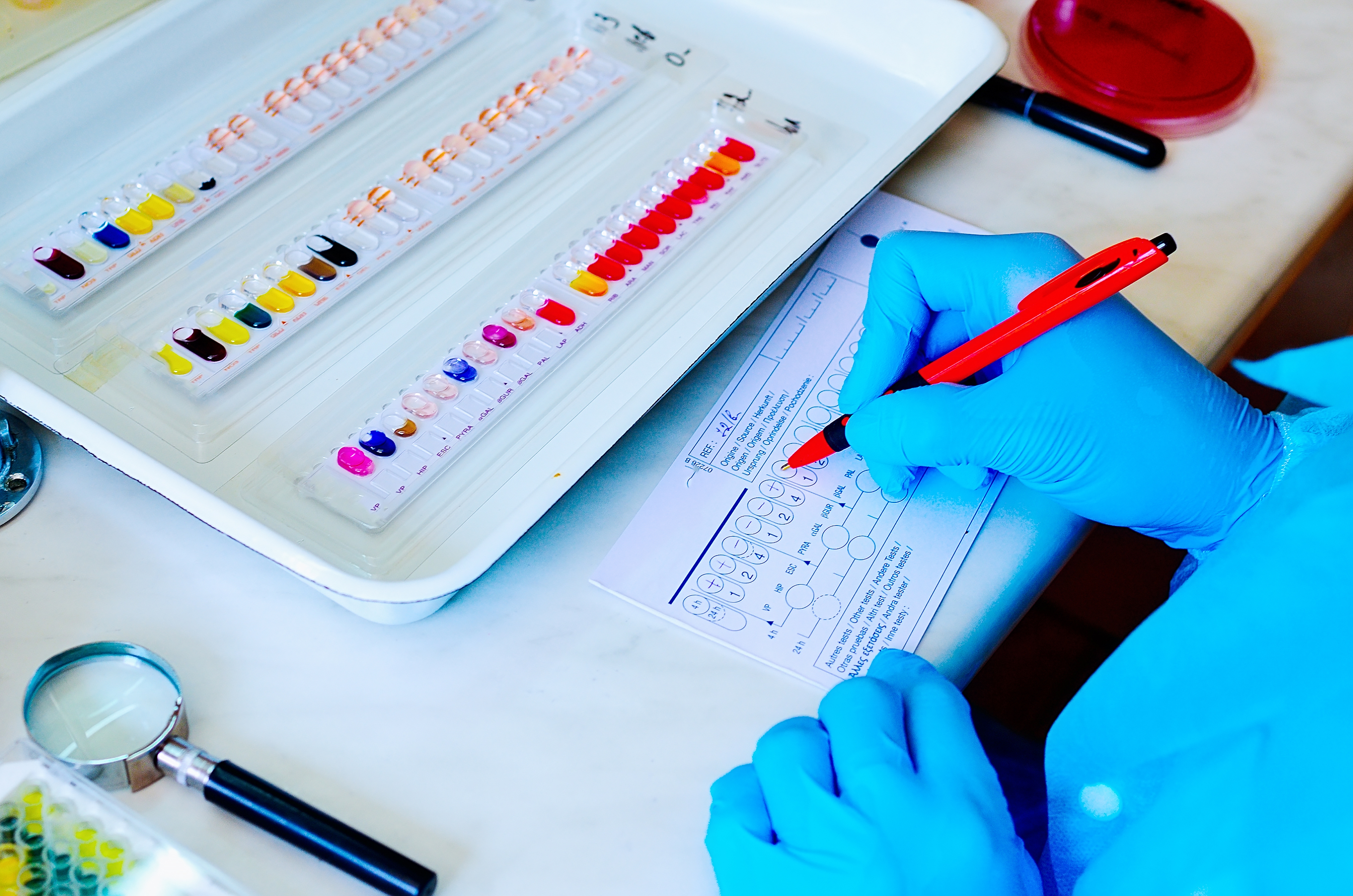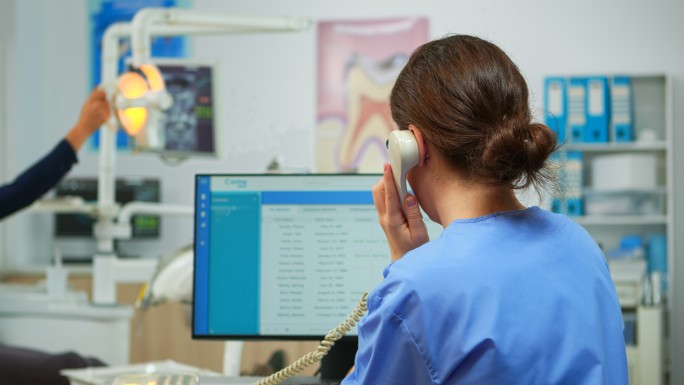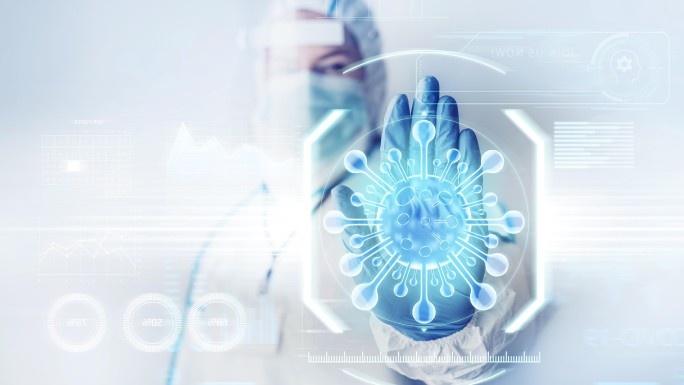Effectively using PHR in healthcare management
Managing personal health information has become more accessible and efficient than ever before as one such tool - Personal Health Record (PHR) was born and revolutionized the healthcare system. PHR enables individuals to take control of their health by providing a centralized platform to store, track, and manage their health information. This allows healthcare providers and organizations to have a comprehensive picture of patients’ conditions, better diagnoses, and health decisions. Today, let’s find out effective ways of using PHR in healthcare management to enhance and optimize the healthcare process.
Features of Personal Health Record (PHR)
Personal Health Records (PHRs) offer several features that are beneficial to healthcare management:
Data Access: PHRs provide healthcare providers with secure access to their patients' health information, including medical histories, medications, allergies, and vital signs. This access enhances providers' ability to make informed clinical decisions.
Interoperability: Some PHRs are designed to integrate with Electronic Health Records (EHRs) and healthcare systems, ensuring seamless data exchange and enabling providers to access and contribute to a patient's comprehensive health record.
Real-Time Updates: PHRs are updated in real time, allowing healthcare providers to view recent patient data, which is particularly valuable during telehealth appointments and when managing chronic conditions.
Medication Management: Providers can access and update medication lists in PHRs, aiding in medication reconciliation and reducing the risk of adverse drug interactions.
Secure Messaging: PHRs often include secure messaging features that enable communication between patients and healthcare providers, facilitating consultations, follow-ups, and sharing of test results.
Allergy and Adverse Reaction Alerts: Providers receive notifications about patient allergies and adverse reactions, ensuring they make informed decisions about treatments and prescriptions.
Appointment Scheduling: PHRs may allow patients to schedule appointments, making it easier for healthcare providers to manage their schedules and reduce no-shows.

Clinical Decision Support: Some PHRs integrate clinical decision support tools, offering providers evidence-based guidance for treatment plans and interventions.
Remote Monitoring: PHRs can include patient-generated health data, such as data from wearable devices and home monitoring, giving providers insights into patients' health between visits.
Efficient Reporting: PHRs offer the ability to generate patient reports and summaries, which are valuable for clinical documentation and care coordination.
Data Security and Privacy: Healthcare providers benefit from the security measures and privacy controls of PHRs, ensuring the confidentiality of patient information.
Telehealth Integration: PHRs can seamlessly integrate with telehealth platforms, enhancing the quality of virtual care by providing access to patient records during telehealth appointments.
These features make PHRs a valuable tool for healthcare providers, helping them deliver patient-centered care, streamline communication, and make well-informed clinical decisions. PHRs also contribute to more efficient and data-driven healthcare delivery.
What information goes into PHR?
We can understand the essential functions and what a PHR contains from the definition of Personal Health Record (PHR). A PHR typically includes a wide range of health-related information, all aimed at providing a comprehensive view of an individual's health. While the specific content can vary depending on the PHR platform and the preferences of the individual, a typical PHR may include the following information:
Personal Information
- Name, date of birth, and contact information.
- Emergency contact details.
- Insurance information
Medical History
- Medical conditions (e.g., diabetes, hypertension, asthma).
- Surgical history.
- Hospitalizations and dates.
- Allergies (e.g., drug allergies, food allergies).
- Immunizations and vaccination records.
Medication Records
- A list of current medications, including dosage, frequency, and start dates.
- Medication history, including past medications and reasons for discontinuation.
- Medication allergies and adverse reactions.
Chronic Illnesses
Information on chronic conditions, such as heart disease, cancer, diabetes,...
Family Medical History
Information about the health conditions of immediate family members (e.g., parents, siblings).
Diagnosis and Laboratory Test Results
- Blood tests, X-rays, MRI reports, and other diagnostic results.
- Imaging reports (e.g., mammograms, CT scans).
- Pathology reports.
- Radiology reports.

Immunization Records
A complete history of immunizations, including dates and types of vaccines.
Pregnancy and Child Health Records (if applicable)
- Prenatal care records.
- Pediatric health records for children.
Productive healthcare management by using PHR
Streamline Information Management
One of the primary benefits of PHR is its ability to streamline information management. By consolidating all health-related data in one place, individuals can easily access their medical history, test results, prescriptions, and vaccination records. This comprehensive overview allows healthcare providers to make accurate diagnoses, recommend appropriate treatments, and ensure continuity of care.
Track Personal Health Data
PHR empowers individuals to actively monitor and track their health. With PHR, users can record and analyze vital health indicators such as blood pressure, blood glucose levels, weight, and exercise routines. This real-time tracking helps individuals and healthcare providers gain insights into health trends, enabling them to make informed decisions about lifestyle choices, set health goals, and identify potential health risks early on.
Improve Communication with Healthcare Providers
PHR facilitates seamless communication between individuals and healthcare providers. Sharing access to PHR with doctors, specialists, and other healthcare professionals allows for efficient collaboration and informed decision-making. Remote consultations, appointment scheduling, and secure messaging further enhance the patient-provider relationship, ensuring personalized and timely healthcare services.

Enhance Patient Engagement and Empowerment
By actively engaging in their healthcare through PHR, individuals become empowered participants in their own well-being. PHR enables individuals to educate themselves about their health conditions, access educational resources, and become proactive advocates for their health. The ability to review and update personal health information encourages individuals to take ownership of their health and actively participate in their treatment plans.
Increase Safety and Accessibility of Health Information
PHR ensures the safety and accessibility of health information. With robust security measures and data encryption, individuals can trust that their personal health data remains confidential. Moreover, PHR allows for easy retrieval of medical records during emergencies, reduces the risk of medical errors due to incomplete or inaccurate information, and provides a convenient way to share information with healthcare providers, regardless of geographical locations.
Practical applications of PHR in healthcare management in countries
Many countries around the world have widely applied the use of PRH in health management. There have been some successful models of PHR development and application in developed countries.
The United States is the leading country in developing PHR systems for people. A PHR system initiated by the U.S. government called "Blue Button" allows patients to access and download their health information from healthcare providers or organizations. Patients will have complete control over their health information and share it with healthcare providers when needed.
The United Kingdom also successfully built a national PHR system called the "NHS Personal Health Record." Through an online interface, people can access their health information and use this information to interact with healthcare providers in the healthcare process.
The PHR model of the Netherlands, called "Personal Health Viewer" (PHV), allows individuals to access and manage their health information from various sources, including hospitals, pharmacies, and general practitioners. PHV provides people with an overall view of their health and gives them the right to grant access to healthcare providers.
The successful applications of PHR in these countries serve as exemplary cases for large-scale PHR deployment and bring benefits to individuals and healthcare providers. From self-management of health information to enhanced collaboration with healthcare providers, PHR has demonstrated its crucial role in improving healthcare management and further healthcare quality.
Conclusion
In the ever-evolving landscape of healthcare management, the role of PHRs continues to expand, providing a platform for the seamless exchange of information, facilitating better communication between patients and healthcare providers, and promoting informed decision-making. With the potential to enhance the efficiency of healthcare delivery and reduce medical errors, PHRs are at the forefront of the patient-driven revolution that is transforming the healthcare industry.









